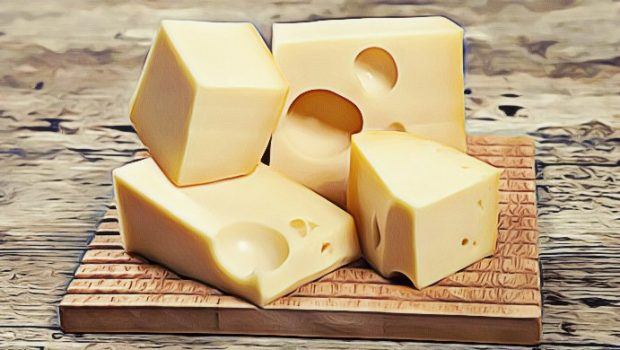
Being considered as a rich source of calcium and protein, cheese is a part of a well-rounded nutrition plan. Because protein can curb hunger and keep people feeling full after meals and snacks, cheese could help you lose weight. On the other hand, the calcium in cheese could help in keeping the teeth as well as bones strong. However, the problem with cheese is that it is usually rich in saturated fat, increasing the risk of cardiovascular disease, arthritis, memory problems, and arthritis. In fact, there are many types of cheese available in the market. This article made by VKool.com will give you some basic information about types of cheese and health benefits of eating cheese daily that you can gain from. Just take a look!
I. Benefits Of Eating Cheese – 7 Types Of Cheese
1. Blue Cheese
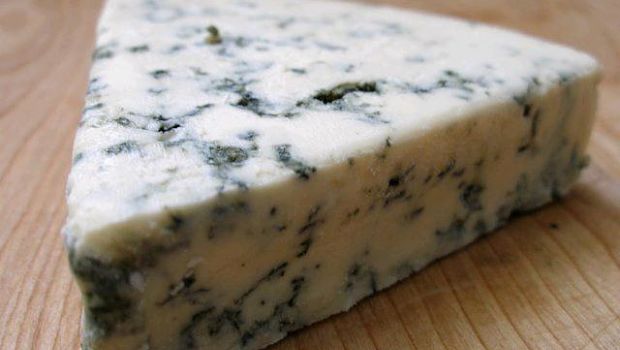
Fat-free or reduced-fat blue cheese is really a great dietary option to help with the management of osteoporosis and gout. Also, it can help in maintaining strong and healthy teeth. Blue cheese is a general classification of cow’s milk, goat’s milk, or sheep’s milk cheeses that have had Penicillium cultures added, so the eventual product will be spotted or veined throughout with blue-gray, blue, or blue-green mold, and carry such a distinct smell. In fact, several blue cheeses are injected with spores before the formation of curds and others have spores mixed in with the curds after their formation. Due to initially produced in caves, blue cheeses are typically aged in the temperature-controlled environment like cave.
However, the featured flavor of blue cheeses might be too sharp and a little bit salty. Because of this strong flavor as well as smell, this type of cheeses are usually considered as an acquired taste. Blue cheeses could be consumed by themselves alone or could be melted and crumbled over other foods.
2. Cheddar Cheese
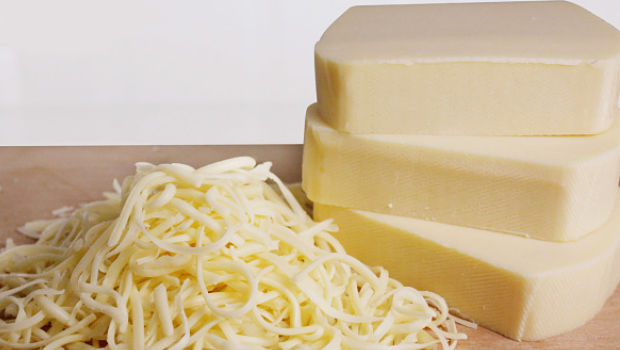
This type of cheeses is originated in the village of Cheddar, England. Cow milk’s cheese ranges in flavor from mild to sharp, and also in color from natural white to slightly pumpkin orange. Oftentimes, orange cheddars are artificially colored with a natural dye – annatto. Canadian cheddars are creamier, smoother, and are well-known for their balance of sharpness and flavor. They differ in flavor, basing on their length of aging as well as their origin. Because cheddar ages slowly, so it might lose moisture while its texture turns to be more crumbly and direr. The sharpness may become clearer at the old cheddar (12 months) and extra old cheddar (18 months). Normally, the optimal period of aging is from 5 to 6 years, yet, for most uses of three-year-old cheese is fine while five-year-old cheddar could be used for other special occasions.
3. Cream Cheese

It is considered as a fresh type of cheeses thanks to the fact that it might not be aged. Its flavor is fresh, subtle, and sweet, yet might have a slight tangy taste. Cream cheese, at room temperature, will spread easily and has a creamy and smooth texture, making it rich. Cream cheese is made by putting cream to the cow’s milk, giving it richness yet not ripened, shortening its shelf life. Normally, cream cheese has white color and is low in fat or even non-fat.
4. Feta Cheese
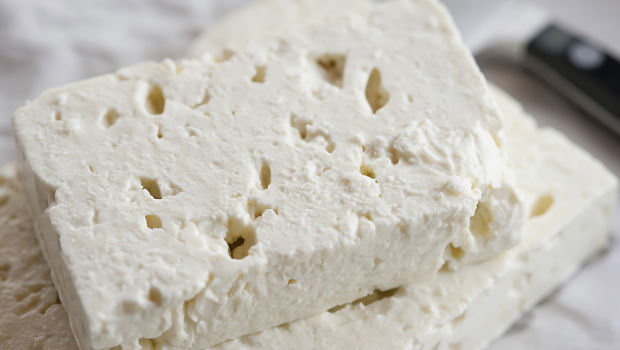
Among many types of cheese, feta cheese is the oldest cheeses available, originated from Greece. It is made from sheep milk or a mixture of goat and sheep milk. Feta cheese has white color and is a bit sour in the taste and high in aroma. Though Feta cheese is soft, it is still produced with a partially hard texture.
5. Goat Cheese
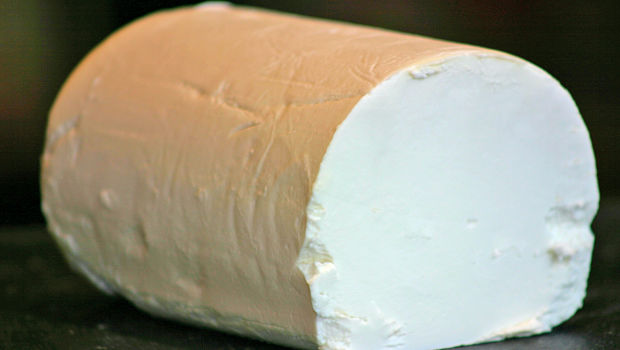
This type of cheese comes in different forms, though the most common type is soft cheese. Goat cheese could be made in hard aged varieties and semi firm cheeses, similar to feta cheese. This type of cheese is particularly popular in the Africa, Middle East, and a few Mediterranean countries, where hardy goats survive in those regions where cows could not.
This cheese is distinctive because of the goat milk’s tangy flavor. Occasionally, that flavor is extremely strong and several consumers find it rather disagreeable. Yet, in several cases, the flavor is sought after, and a number of dairies are famous for manufacturing the special goaty cheese. Goat cheese’s strong flavor is due to hormones that will be decreased if milk producing nanny goats are kept away from those male billies. Additionally, similar to other animal products, the goat milk tends to be heavily affected by what goats are consuming. As the digestive system of goats is hardy, so they tend to consume many bitter plants that other more-delicate animals like horses and cows will not.
Recommend reading: Mediterranean diet plan
6. Swiss Cheese

This cheese is a general name for different kinds of cheese which were firstly prepared in Switzerland. This cheese is made from the milk of cow and is lightly flavored, nutty and sweet. Swiss cheese is well-known for being light, glossy, or pale yellow. It has large holes in it which is resulted by carbon dioxide releases during the maturing process.
7. Vegetarian Cheese

This cheese is not curdled with rennet, an enzyme existing naturally in the animal stomach. A common name used by cheese makers for the coagulate milk is Rennet. The majority of vegetarian cheeses are coagulated with fungi, plants, or bacteria. There are two kinds of rennet in use by cheese manufacturers, which are vegetarian and microbial. Actually, microbial rennet contains enzymes coming from either fungal or bacterial origin. A lot of strict vegetarians want to avoid cheese with this type of rennet altogether, though animals are really not involved in.
II. Benefits Of Eating Cheese – Cheese For Health And Beauty
1. Dental Care

As mentioned earlier in the previous part of this article of benefits of eating cheese, there is a high content of calcium, which is extremely important for teeth strength. Furthermore, it is super low in lactose content. The older the cheese is, the lower the lactose content is. Also, it is beneficial for the human teeth because any form of sugar (maltose, glucose, or lactose) in food could harm the teeth.
2. Bone Health

In fact, cheese is a dairy product which is high in calcium and good for the bone health. Also, most types of cheese have a high level of vitamin B, helping the human body absorb as well as utilize the calcium. Pregnant women, young children, lactating moms, and also elderly individuals had better attempt to add cheese in their diets. In other words, cheese could be beneficial in warding off osteoporosis – the health problem resulted by a lack of calcium. Especially, cheese is helpful for people who consumed lactose intolerant and thus could not drink milk, as it is a good substitute source of calcium.
3. Osteoporosis

Fact is, osteoporosis is a disease caused by a deficiency of calcium, thereby leading to a reduction in bone mineral density. This is especially seen in those females who had undergone menopause, elderly individuals and children suffering from malnutrition. This condition could be cured with calcium, protein, and a vitamin-rich diet. However, calcium alone could not help so much, as the issue is with the ability of absorption and utilization for bone formation. Those three important components are often found in abundance in cheese. Thus, cheese could be a good part of an osteoporosis-treating diet plan.
4. Cancer Prevention

Thanks to the linoleic acid plus with sphingolipids available in cheese, consuming this could help you prevent cancer, making it an anti-carcinogenic food. The vitamin B in cheese can help in boosting the human immunity and protecting people from suffering from ailments. Nevertheless, over consumption could lead to the risk of getting cancer.
5. Weight Loss

Maybe, you never imagine that consuming cheese can help in achieving your weight loss goals, yet if you opt for a low-sodium and low-fat variety, it could be a good addition to your own meals. As it is rich in protein, it could keep you feeling fuller for a longer period of time and also reduce the absorption of the carbs you take, thereby assisting in balancing the blood sugar levels and enhance the mood.
6. Hypertension

Cholesterol and sodium are two main elements majorly considered as harmful for hypertension. Those hypertensive people are recommended to avoid these substances. In that case, cheese should be seen critically. Because the fat content of cheese relies on the milk’s quality, whether it is full cream or full fat, low fat or fat free. Generally, high-fat cheeses are much more popular, as they might taste better.
Do not forget the content of sodium. Though sodium content of the cheese varies depending on the amount of salt put to the milk prior to cheese formation, it is never low enough to be advised for those people with hypertension, because salt is really an inevitable part of cheese. Though low-fat and low-sodium cheese is useful in decreasing homocysteine – the agent related with heart disease, this fact still might not make it recommendable for those hypertensive individuals.
Aside from health benefits of eating cheese listed above, there are still many good reasons for people to eat cheese more often ỏ even daily, like weight gain for skinny guys, PMS and pregnancy management, and healthy skin, hair, and nail improvement.
Share your thoughts about this nutrition topic by leaving your words below the post. We will feedback soon.
Want More Content Like This In Your Inbox?
- 20 Tips To Whiten Teeth Fast And Naturally At Home
- 9 Fattening Foods You Should Never Eat Again Are Exposed
- How To Become A Stylist – Top 15 Tips And Tricks Revealed!
- How To Use Natural Bee Pollen For Weight Loss
- How to prevent hair fall naturally at home – 13 tips!
- Tips For Eating Healthy On A Budget – Grocery List & Recipes
- 19 Types Of Hats For Men & Women – Choose Ones That Fit You
- How To Stay Cool In The Summer Without A Pool Or Air Conditioning

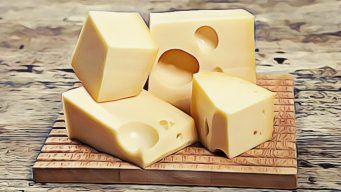







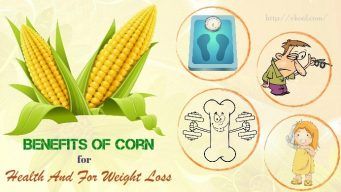


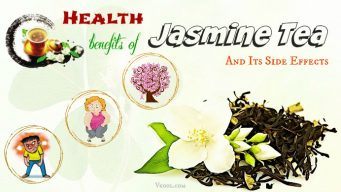

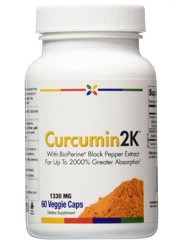

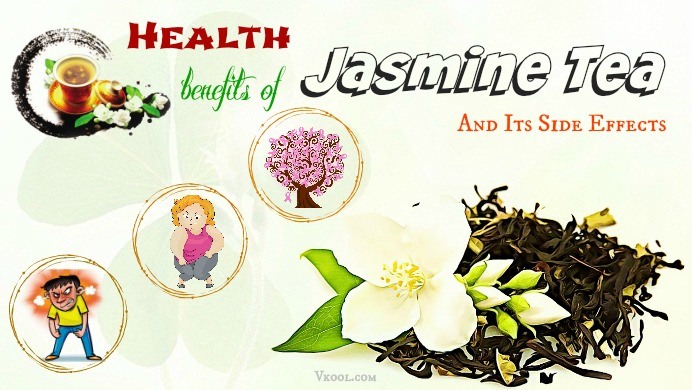
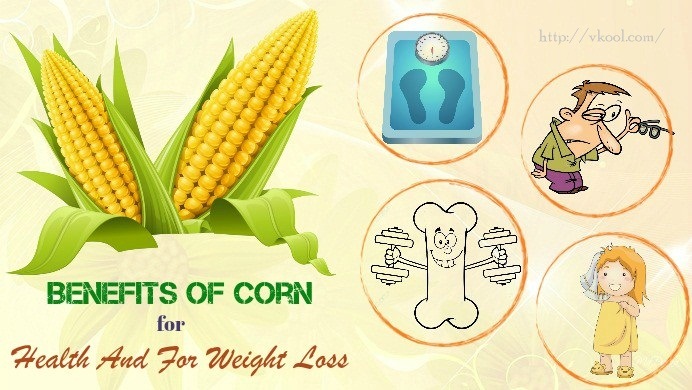
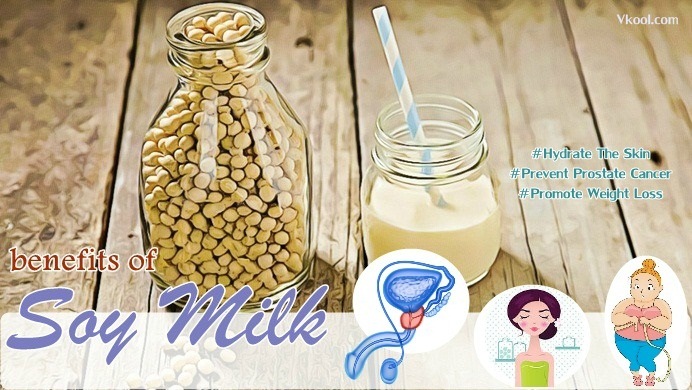


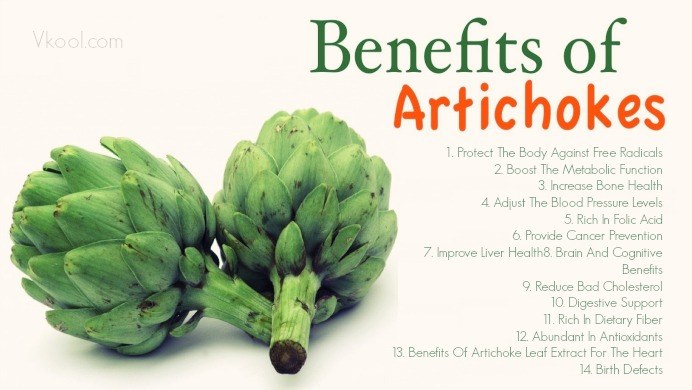
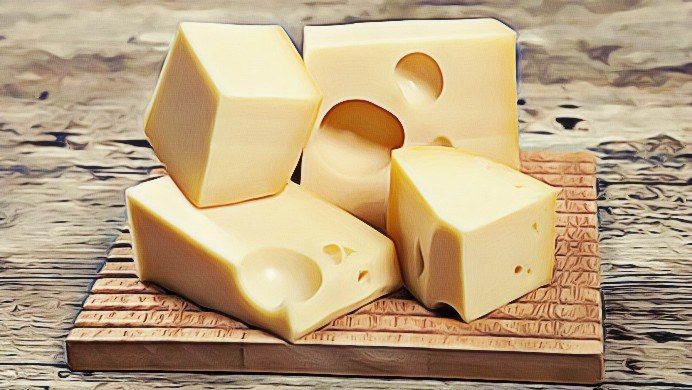 Benefits Of Eating Cheese Daily For Health, Beauty And More
Benefits Of Eating Cheese Daily For Health, Beauty And More 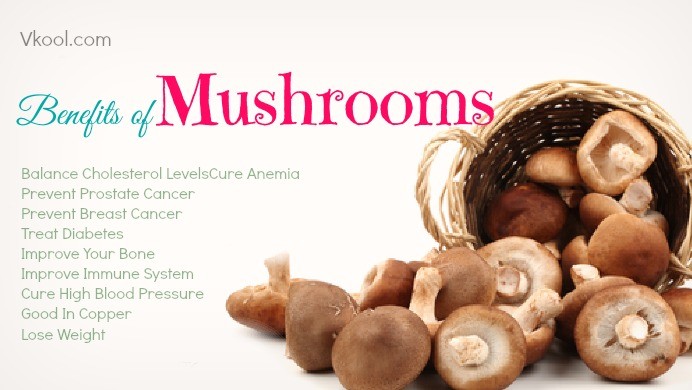 Top 13 health benefits of mushrooms
Top 13 health benefits of mushrooms  11 Health And Nutritional Benefits Of Beef Everyone Should Know!
11 Health And Nutritional Benefits Of Beef Everyone Should Know!  Healthy Foods That Fill You Up Fast, Not Out, Are Exposed
Healthy Foods That Fill You Up Fast, Not Out, Are Exposed  Health Benefits Of Coffee And Milk 2024
Health Benefits Of Coffee And Milk 2024  Top 12 Health Benefits Of Red Wine For Men & Women
Top 12 Health Benefits Of Red Wine For Men & Women  List of healthy foods to lower triglycerides levels in your body
List of healthy foods to lower triglycerides levels in your body 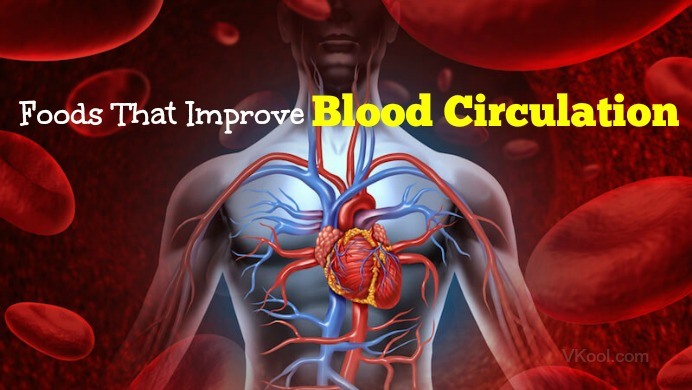 7 Foods that improve blood circulation in legs
7 Foods that improve blood circulation in legs  List of best lycopene rich foods – top 13 choices
List of best lycopene rich foods – top 13 choices 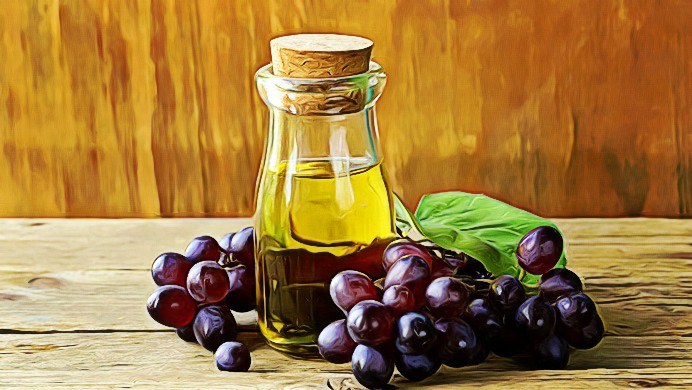 What Are The Benefits Of Grapeseed Oil On Health?
What Are The Benefits Of Grapeseed Oil On Health?